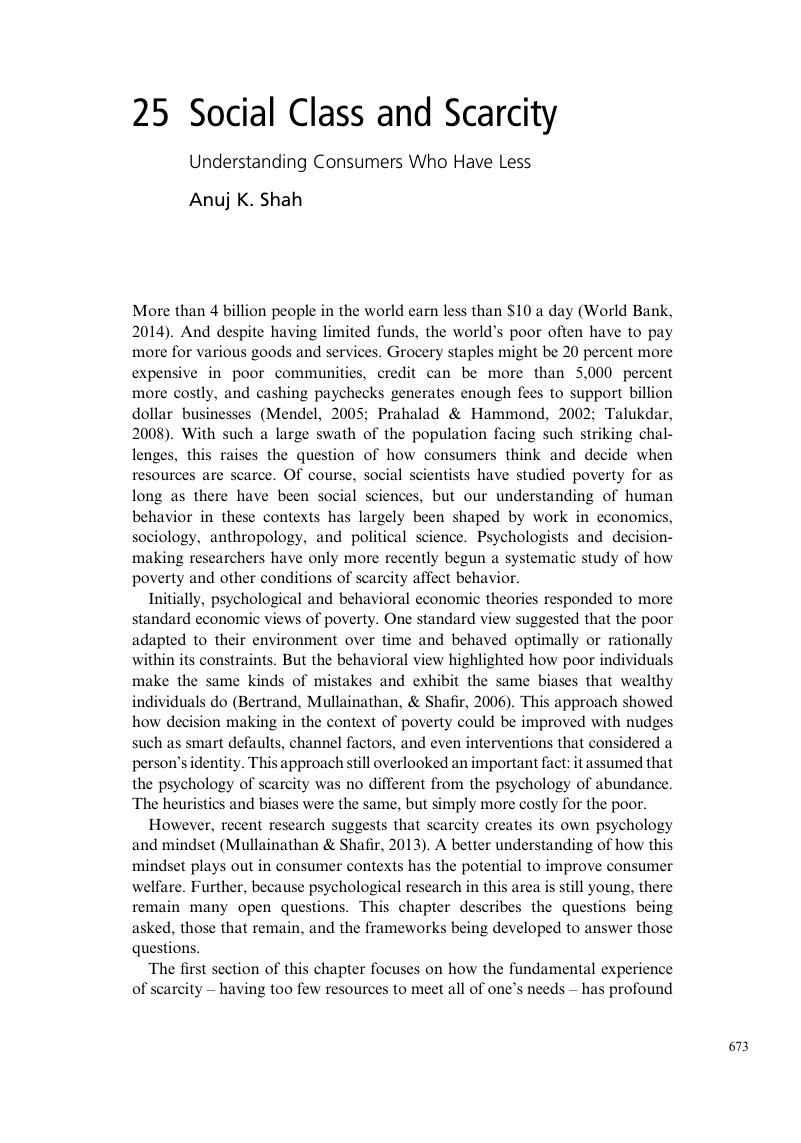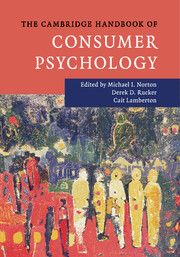Book contents
- The Cambridge Handbook of Consumer Psychology
- The Cambridge Handbook of Consumer Psychology
- Copyright page
- Contents
- Figures
- Tables
- Contributors
- Introduction
- Part I Individual Consumer Decision Making and Behavior
- Part II Interpersonal and Social Consumer Psychology
- Part III Societal Structures
- 19 Ethical Consumption
- 20 Government Efforts to Aid Consumer Well-Being
- 21 Taxes and Consumer Behavior
- 22 Moral and Political Identity
- 23 The Consumer Psychology of Online Privacy
- 24 Consumers and Healthcare
- 25 Social Class and Scarcity
- 26 Consumer Sharing
- 27 Globalization, Culture, and Consumer Behavior
- Name Index
- Subject Index
- References
25 - Social Class and Scarcity
Understanding Consumers Who Have Less
from Part III - Societal Structures
Published online by Cambridge University Press: 05 October 2015
- The Cambridge Handbook of Consumer Psychology
- The Cambridge Handbook of Consumer Psychology
- Copyright page
- Contents
- Figures
- Tables
- Contributors
- Introduction
- Part I Individual Consumer Decision Making and Behavior
- Part II Interpersonal and Social Consumer Psychology
- Part III Societal Structures
- 19 Ethical Consumption
- 20 Government Efforts to Aid Consumer Well-Being
- 21 Taxes and Consumer Behavior
- 22 Moral and Political Identity
- 23 The Consumer Psychology of Online Privacy
- 24 Consumers and Healthcare
- 25 Social Class and Scarcity
- 26 Consumer Sharing
- 27 Globalization, Culture, and Consumer Behavior
- Name Index
- Subject Index
- References
Summary

- Type
- Chapter
- Information
- The Cambridge Handbook of Consumer Psychology , pp. 673 - 692Publisher: Cambridge University PressPrint publication year: 2015
References
- 2
- Cited by



